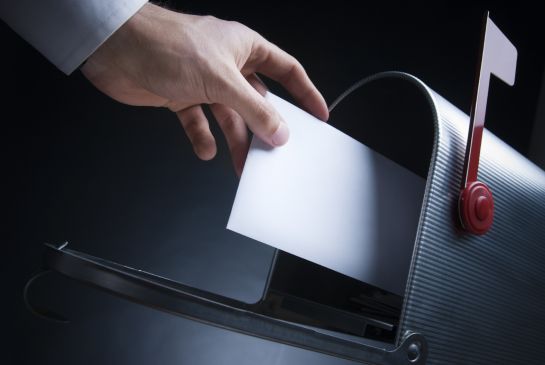

Copy for great fundraising letters is challenging than most other copy writing tasks for marketing objectives. But often such crucial copywriting tasks are executed by next desk executives rather than expert copywriters. That is the constraint for small businesses as they cannot spend huge on copywriting. But effective copywriting is not all. You have to segment your mailing list prior to preparing copy. Actually, you need to address different segment in a different way. Such an approach will definitely enjoy the higher attention and chances of meeting the goal. Here are some key tips for effective direct mail fundraising.
1. Make use of distinction and segmentation in preparing separate mails
Writing and sending one fundraising letter (http://nonprofit.about.com/od/fundraising/tp/fundletters.htm)

to all without any distinction of the recipient is very unlikely to bring any result. There are too many distinctions to make and at a more granular level you can make such distinction more you have your chances to achieve your fundraising goal from different segment of people. The first distinction that nobody can overlook is between individual and business and foundations. Secondly, you can make a big distinction between people having donation track record and people being addressed for the first time. Now you can go segmenting at the granular level, such as monthly donor, yearly donor, active donor, frequent donor, major donors, minor donors, etc. You have to prepare separate mail with a separate copy for each segment of recipient or potential donors.
2. Focus on the donor’s benefits rather than your needs
Set the tone of the address that touches the recipient personally, but all the time makes sure your copy gives him most focus. You have to explain the benefits of making such donation in explicit terms rather than limiting yourself with your needs.
3. Ask for money in clear and explicit terms
Never ask in vague terms such as ‘support’ which is a relative term and does not mean fund in all cases. So when asking for fund, clearly mention the amount in numeric number.
4. Write simple, straightforward and meaningful copy
Finally, it is your convincing copy that would do all the jobs. Write in simple and straightforward English without giving vent to unclear literary terms using custom postcard. Donors are less likely to read a letter down to the last line if it goes on beating around the bush.
5. Make sure the letter content is optimized for readability
Optimize your copy with small paragraphs, heads and sub headings, bullet points and underlines in places. The reader can easily make out the main points with a look over the main points and often that inspires them to read the rest of the letter.
6. Make sure the letter is accompanied by a package
A single lone letter without any accompanying literature, envelope and replying envelope often is viewed with contempt and they find their place among the trash. Moreover, a letter accompanied by a reply envelope pushes the recipient to engage and undertake the action of replying.
7. The length should directly correspond to your purpose
Few recipients would have time to go through a long letter that unnecessarily takes too many words. Most donors just have a quick look through rather than reading the whole letter. So, make the letter as long as it takes to make the point.
8. Avoid telling too much about your organization
Instead of spending too many words on your organization inside the letter it is recommended to offer a detailed document with the letter corresponding to the vision, values and credentials of your organization. Most donors do not bother to remember organization details and so avoid offering them such details inside the letter. A short, crisp and to the point mention of the organization and fundraising objective is enough. For details, refer the accompanying document.

